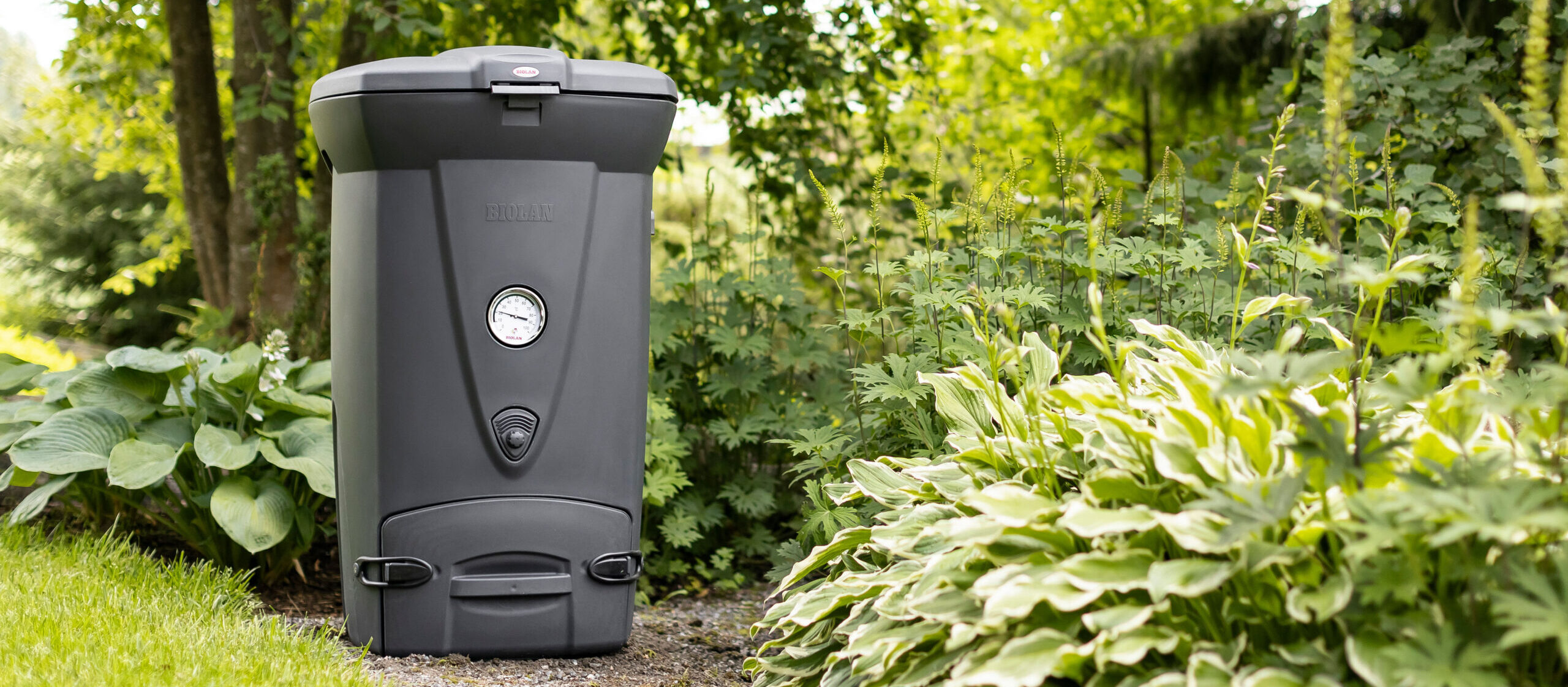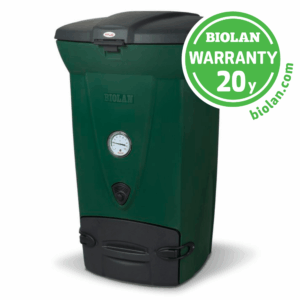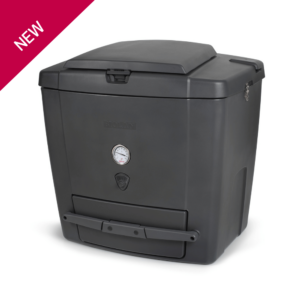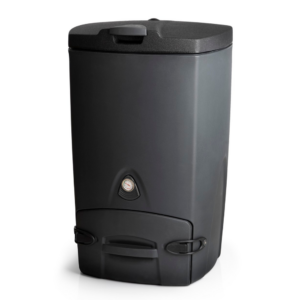WHAT WE MEAN WHEN WE SAY “THERMO COMPOSTER”

If you’re looking for a composting solution, you’ve probably come across the term thermo composter quite often. It’s a widely used label, but here’s the issue: many products marketed this way aren’t actually designed to function as real thermal composters.
And that makes a big difference. If you’re expecting rich, high-quality compost in a short time, choosing the wrong model can lead to frustration. So, let’s break down what truly defines an effective heat-retaining composter—and why many options on the market don’t live up to the name.
Misleading Labels and Inefficient Composting
Many composters marketed as thermo models are essentially just basic plastic bins. They may have a lid and an enclosed design, but they lack the necessary features to retain heat—an essential factor for efficient composting.
Here’s what often happens with these non-thermo composters:
- Thin plastic walls provide little to no insulation. Any heat produced by microorganisms escapes instead of being retained, leading to inefficient composting.
- They lose heat quickly. When the outside temperature drops, cold air seeps in, cooling the compost and slowing decomposition—sometimes stopping it completely in colder months.
- In winter, they act more like storage bins than composters. Organic waste remains cold and inactive instead of breaking down effectively.
- Decomposition is slow and inconsistent. Without proper heat retention, composting takes much longer, frustrating users who expect faster results.
What a True Thermo Composter Should Have
A real thermo composter is specifically designed to retain heat and maintain an active composting process year-round. It doesn’t generate heat itself but prevents cold air from entering while preserving the warmth naturally produced by microorganisms during decomposition.
To function effectively, a thermo composter must have:
✅ A thick layer of insulation inside the walls and bottom – Proper insulation retains microbial heat, keeping the composting process active even in colder months.
✅ Durable, weather-resistant materials – The composter should withstand temperature fluctuations, UV exposure, and moisture without degrading.
✅ Ventilation channels for optimal airflow – Properly designed airflow ensures oxygen circulation, supports aerobic decomposition, prevents foul odors, and maintains ideal conditions for efficient composting.
Choosing the Right Composter for Your Needs
Composting is a long-term investment. If you want to avoid slow decomposition, unpleasant odors, or a composter that stops working in winter, it’s crucial to choose a product designed to do the job properly.




























